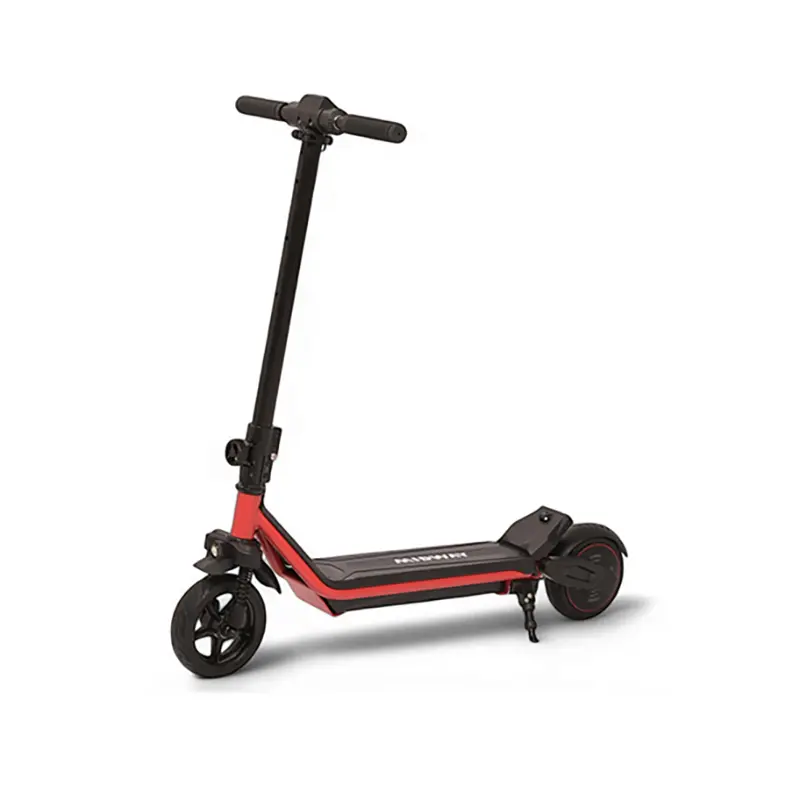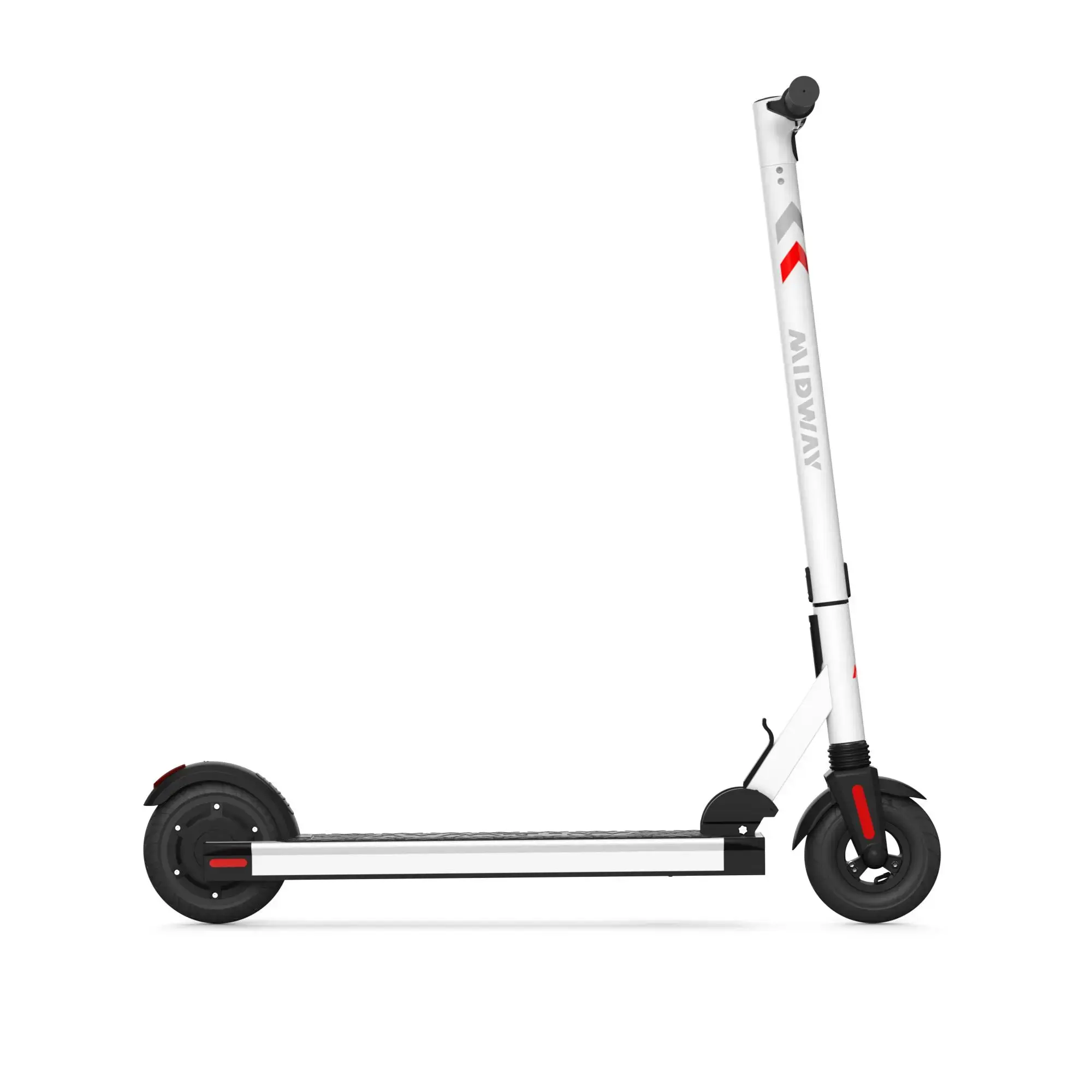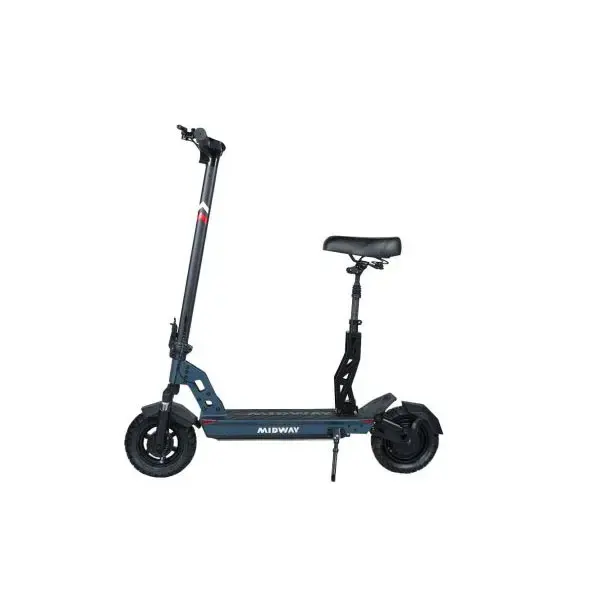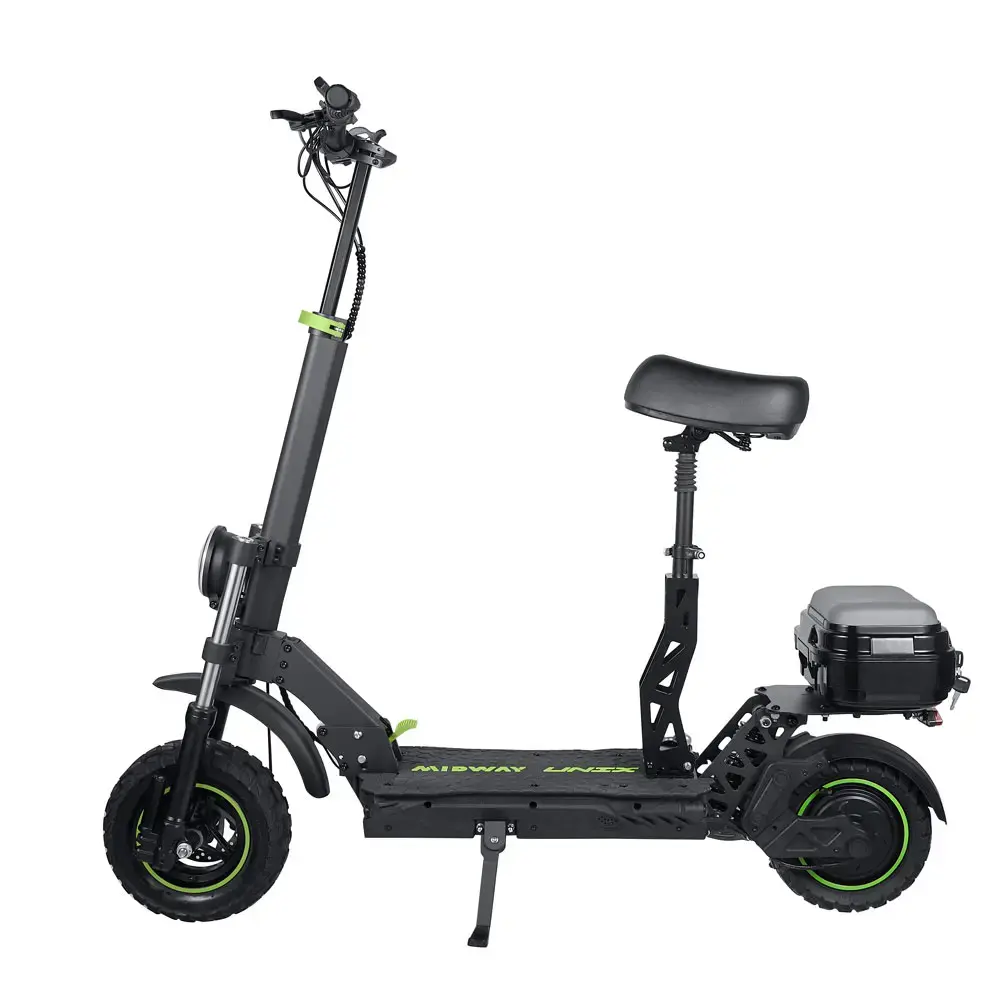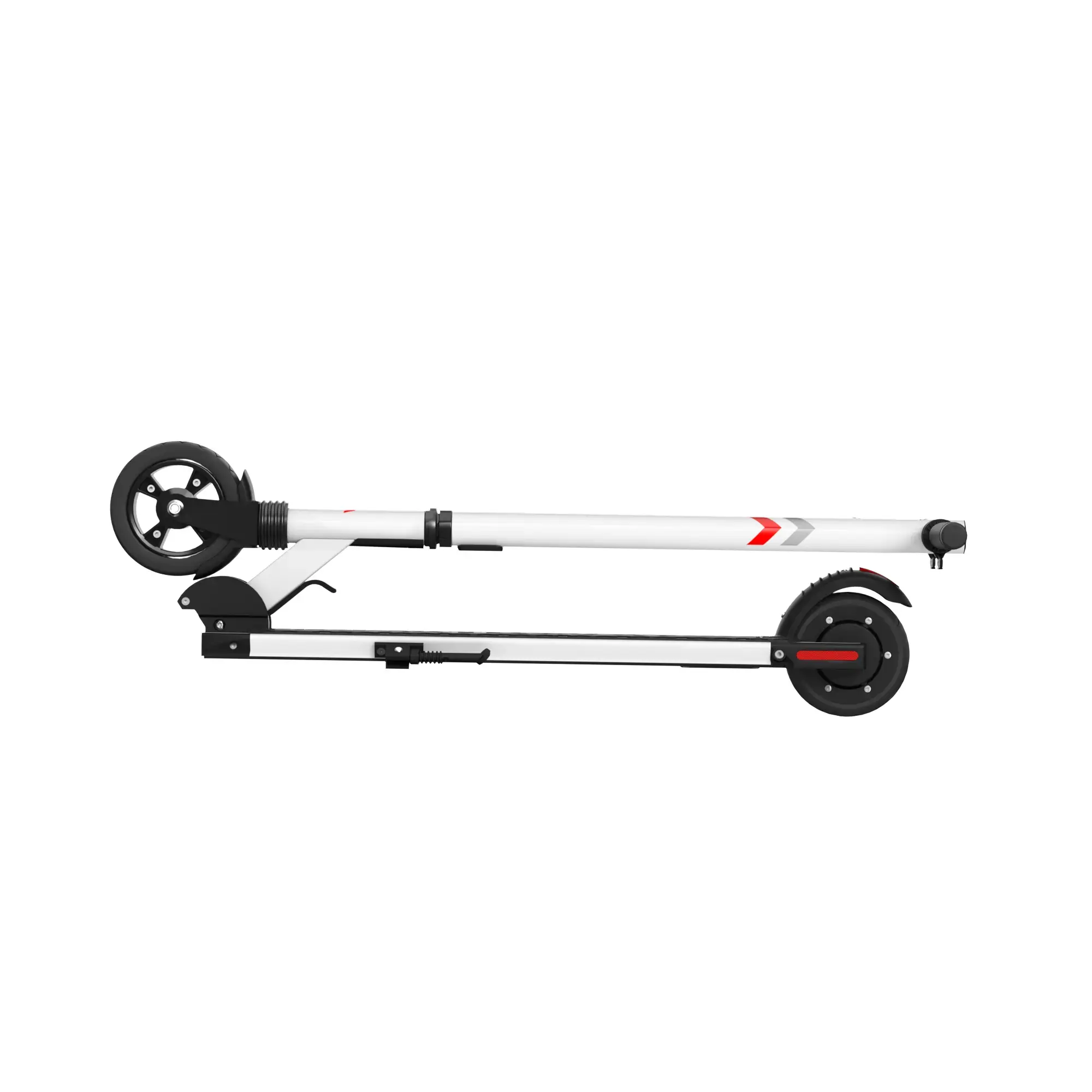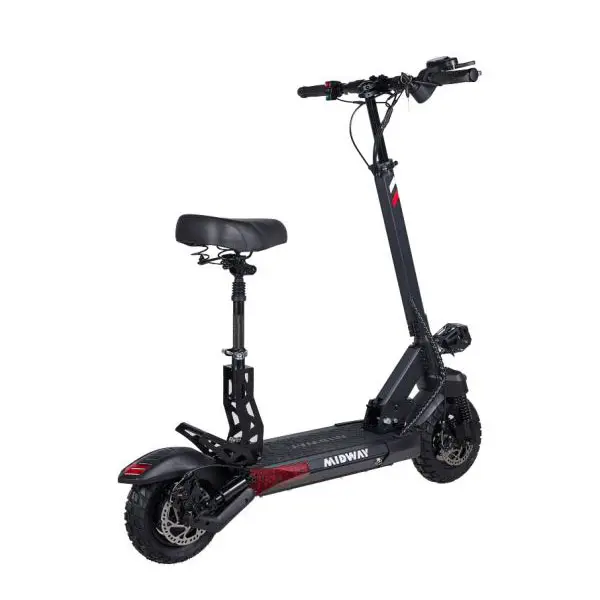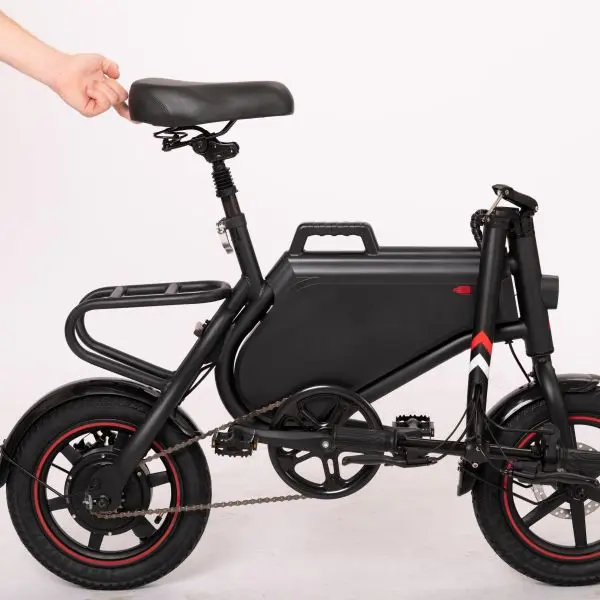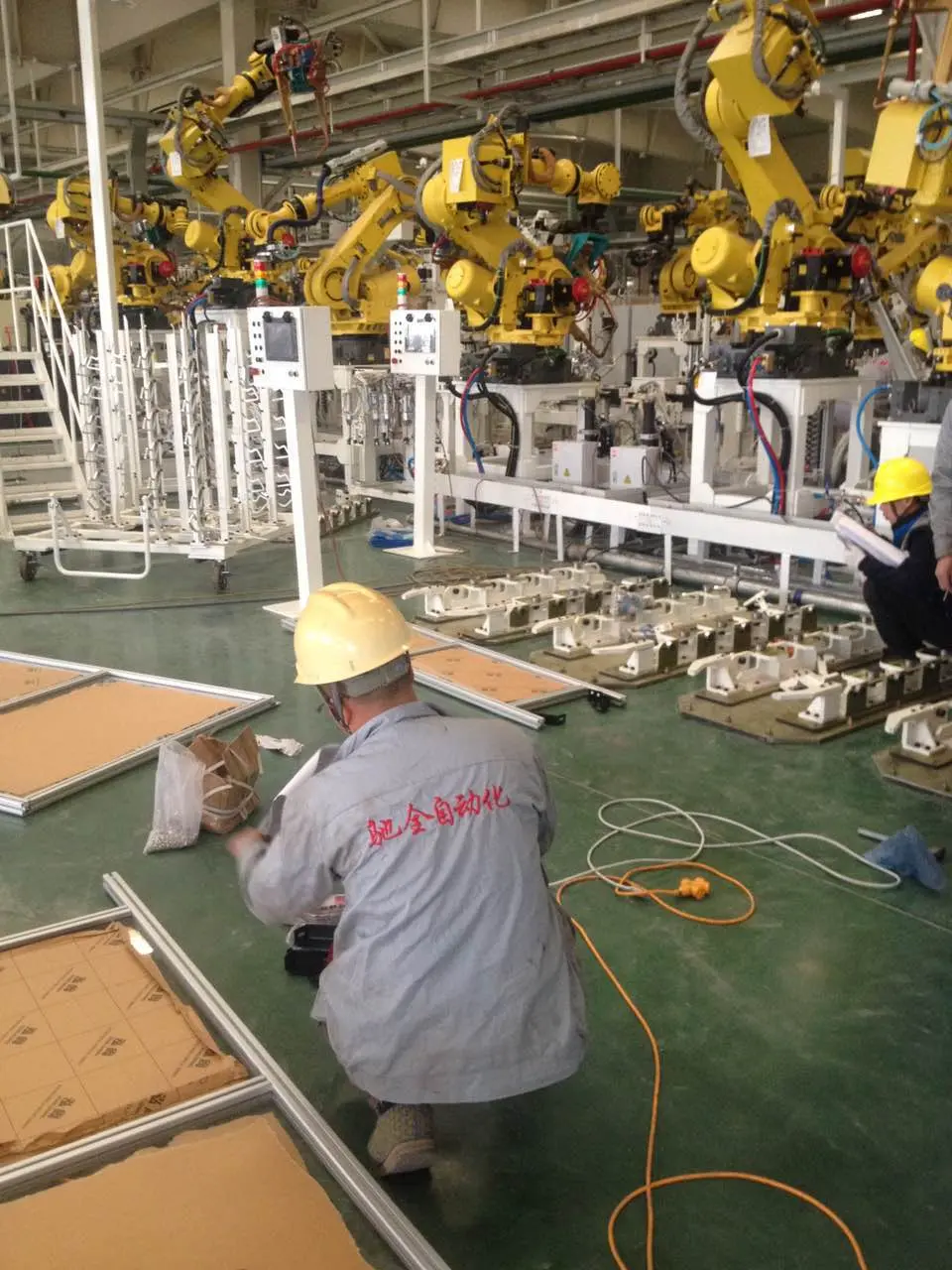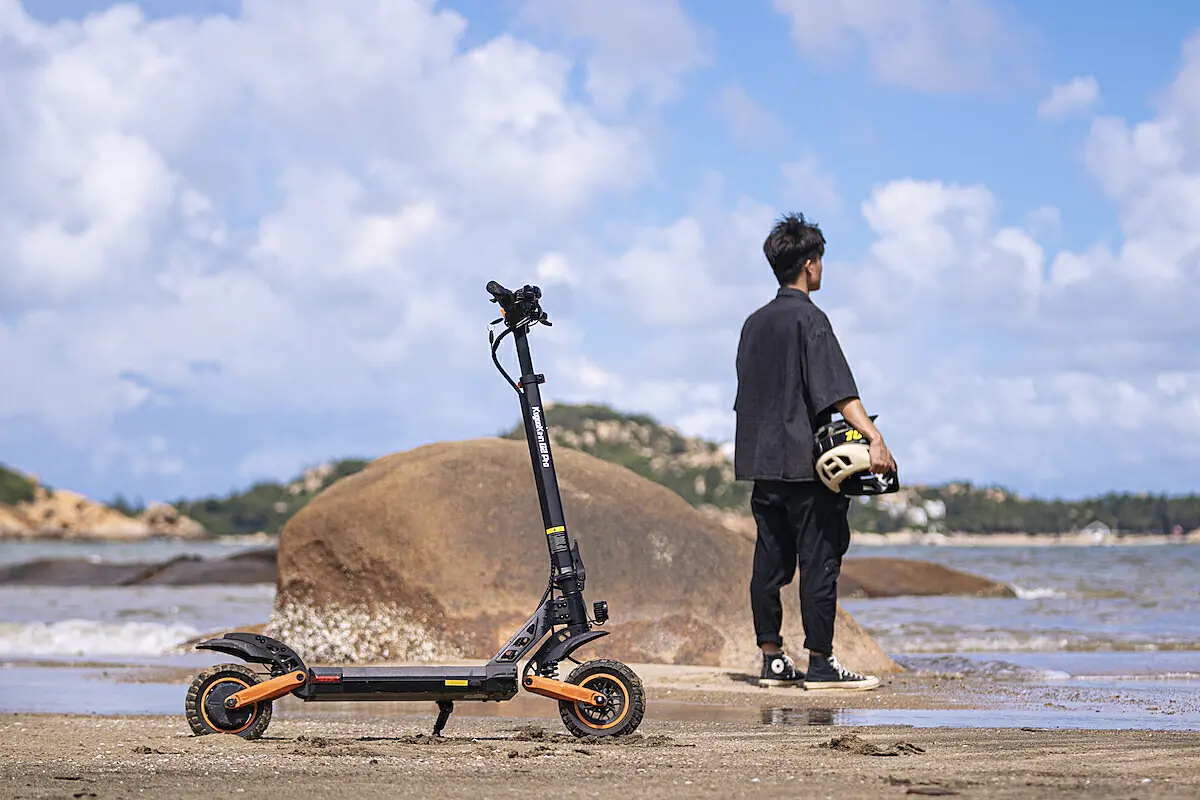Essential Battery Care Tips for Long-unused Electric Scooters
Introduction
Electric scooters have become a popular mode of transportation in recent years. However, when they are left unused for an extended period, proper battery maintenance becomes crucial to ensure their longevity and performance. In this article, we will discuss the key points that need special attention when it comes to battery care for long-unused electric scooters.
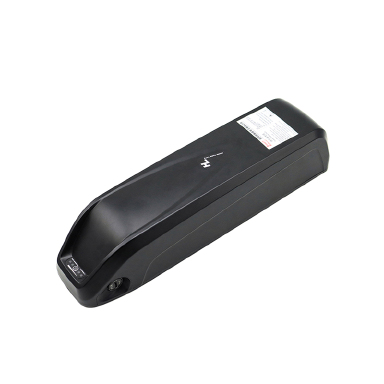
The Importance of Battery Maintenance
The battery is the heart of an electric scooter. It provides the power needed for the scooter to run. If the battery is not well-maintained during periods of inactivity, it can lead to a significant reduction in its lifespan and even cause irreversible damage. This can result in costly repairs or the need to replace the battery entirely. So, it's essential for scooter owners to understand and follow the correct battery maintenance procedures.
Key Battery Maintenance Tips
1. Proper Storage Conditions
Temperature: Store the electric scooter in a cool and dry place. High temperatures can cause the battery to overheat and degrade faster. Ideally, the storage temperature should be between 10°C and 30°C. Avoid exposing the scooter to direct sunlight or extremely cold temperatures as well. For example, if you live in a region with a hot and humid climate, it's best to keep the scooter indoors in an air-conditioned room or a well-ventilated area.
Humidity: Excessive moisture can also be harmful to the battery. Make sure the storage area is not damp or prone to water leakage. A dry environment will help prevent the battery from getting wet and short-circuiting.
2. Battery Charge Level
Avoid Full Charge or Full Discharge: When storing the electric scooter for a long time, it's recommended to keep the battery charge level at around 50%. Completely charging or discharging the battery can put unnecessary stress on it and affect its performance. If the battery is left fully charged for a long period, it may experience a phenomenon called over-voltage stress, which can lead to a decrease in its capacity. On the other hand, if the battery is completely discharged, it may enter a deep discharge state and become unable to hold a charge again.
Regular Charging: Even if you are not using the scooter, it's important to charge the battery every 2 to 3 months. This will help maintain the battery's chemical activity and prevent it from losing its charge-holding ability. For instance, if you know you won't be using your scooter for several months during the winter, set a reminder to charge it every couple of months to keep it in good condition.
3. Use the Right Charger
Original Charger: Always use the charger that came with your electric scooter or a charger that is recommended by the manufacturer. Different chargers have different voltage and current specifications, and using an incompatible charger can damage the battery. The original charger is designed to provide the optimal charging conditions for your scooter's battery, ensuring a safe and efficient charging process.
Avoid Overcharging: Some chargers have an automatic cut-off function when the battery is fully charged, while others may continue to supply a small amount of current, leading to overcharging. Overcharging can cause the battery to overheat, bulge, and even catch fire in extreme cases. So, it's important to unplug the charger once the battery is fully charged or after the recommended charging time has elapsed.
4. Physical Inspection
Check for Damage: Before storing the electric scooter and periodically during the storage period, inspect the battery for any signs of damage such as cracks, swelling, or leakage. If you notice any of these issues, do not use the scooter and contact a professional for repair or replacement. A damaged battery can be dangerous and may pose a safety risk.
Clean the Battery and Connections: Dust and dirt can accumulate on the battery and its connections over time, which can affect the charging and discharging efficiency. Use a soft cloth or a brush to clean the battery and the charging port regularly. Make sure the connections are tight and free from corrosion. This simple maintenance step can help ensure a good electrical contact and prolong the battery's life.
Conclusion
Proper battery maintenance is essential for long-unused electric scooters. By following the tips mentioned above, scooter owners can protect their batteries from damage, extend their lifespan, and ensure that their scooters are ready to use when needed. Remember that a well-maintained battery not only provides better performance but also enhances the safety of the electric scooter. So, take the time to care for your scooter's battery, and it will serve you well for a longer period.






